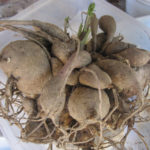Growing Romanesco cabbage in the garden
Recently, Romanesco cabbage, which is often called "coral", can often be seen on the private plots of lovers of exotic gardening. This is one of the subspecies of cauliflower, the inflorescences of which are organized in the form of a geometric figure - a fractal.
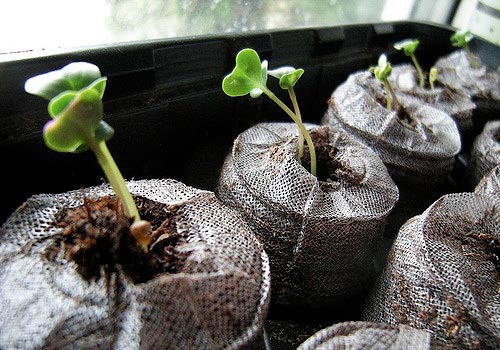
In addition to the decorative qualities, all the beneficial properties of cauliflower are inherent in Romanesco.
Features of culture
Unlike other types of cabbage, Romanesco is quite finicky and requires some experience to grow it. Romanesco, like its closest relative, cauliflower, is a plant with a short daylight hours, therefore, it is extremely important for both species to observe the timing of planting, otherwise the formation of inflorescences will not occur. The temperature regime, as well as the supply of moisture, are no less important.
If the duration of daylight hours can still be adjusted manually (for example, using a special grid for shading), then the temperature regime is more complicated. At an ambient temperature of more than 18 ° C, the formation of inflorescences does not occur, therefore, it is necessary to strictly observe the timing of planting seedlings so that the flowering phase falls in the spring period, or in autumn (September - early October).
Benefits of growing in the garden
The weed-free garden is ideal for romanesco cabbage.
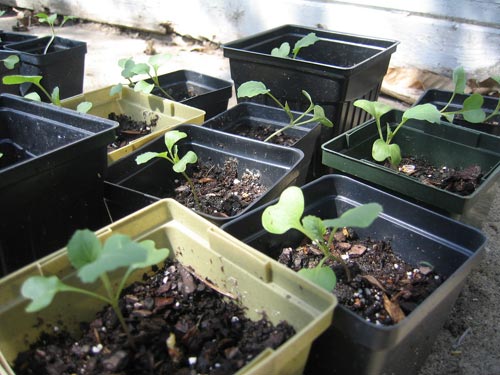
- Firstly, it is quite easy to maintain a moisture regime in the garden - the soil surface is not as susceptible to drying out as, for example, in an open area (in a vegetable garden).
- Secondly, in the garden, if it is not heavily thickened with trees, you can create the most favorable conditions for illumination and the duration of daylight hours. It is advisable to plant seedlings of Romanesco cabbage in such a way that the plants are in the sun for 4 hours in the morning and in the evening, and during the day in the shade. Determining the most suitable place for planting seedlings is quite simple - just watch the falling shadows from trees and shrubs during the day.
- Thirdly, the soil in the garden, as a rule, does not contain pathogenic fungi and viruses that cause diseases of cabbage, for example, keel.
Getting seedlings
As with most cabbage species, seedling cultivation (sowing seeds) begins 35-45 days before planting in open ground. As a rule, cabbage seeds (including Romanesco) do not need pre-sowing treatment, although some gardeners resort to various preparation methods, for example, they are soaked in solutions of stimulants (Epin, Zircon), treated with trace elements, urea, etc.
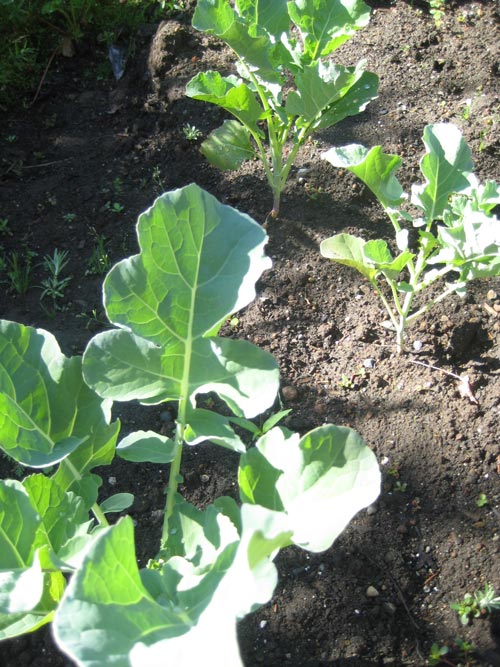
With a sufficient amount of seed, it is advisable to use plastic trays with a depth of about 7 cm for growing seedlings. If there are few seeds, then it is better to sow Romanesco seeds in individual peat-humus cubes (cups). The planting depth of cabbage seeds is about 1 cm.
After sowing, the temperature is maintained in the range of 20-22 ° C, and with the emergence of seedlings, it is reduced to 8-10 ° C.
Romanesco cabbage seedlings need good lighting. The illumination can be arranged artificially using full-spectrum phyto-LEDs, but it is better to use lamps with a set of light elements of the red and blue spectrum in a ratio of 2: 4.
Cauliflower, including Romanesco, is distinguished by increased requirements for the content of trace elements, especially boron and molybdenum. Molybdenum starvation - especially with an increased content of nitrogen in the soil - manifests itself in the withering away of the growth point. Plants lacking boron against the background of an excess of nitrogen develop a powerful leaf apparatus, while the growing season is delayed to the detriment of flowering.
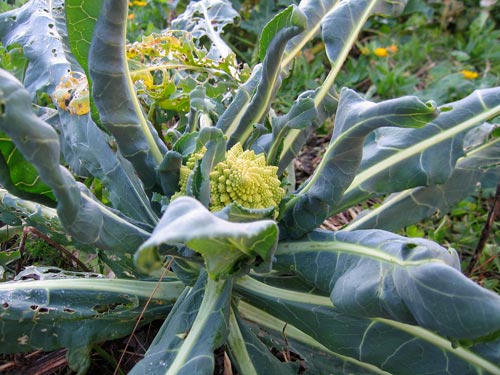
The lack of molybdenum and boron is most noticeable on peat and meadow-bog soils, therefore, in the phase of 3-4 true leaves, the seedlings need foliar feeding. To do this, use a 0.02% solution of boric acid and a 0.05% solution of ammonium molybdate, at a flow rate of 12-15 liters per 100 sq. M. sown area.
Preparing a site for planting Romanesco cabbage
First, it is necessary to remove the layer of sod in the selected area with a bayonet shovel so that the seedlings are planted there according to the 70 × 25 cm scheme. Next, it is necessary to remove the soil layer (approximately on the bayonet of the shovel). The excavated soil is mixed with well-rotted cow dung (or compost), and complex fertilizers with microelements (copper, molybdenum and boron) are added. It is advisable to add agroperlite or vermiculite to the earthen mixture - these inert materials have good water-holding capacity, which makes it easier to maintain the moisture regime. The prepared earthen mixture is filled in a trench and Romanesco seedlings are planted.
Before planting, it is advisable to dip the roots of the plants in a creamy mash made from clay and mullein. Experienced gardeners use this planting method: roots are lowered into the planting hole and poured with water to form liquid mud, after which they are backfilled with dry soil.
Root and foliar feeding
Root feeding begins 10-15 days after planting. As fertilizers, you can use manure fermented for 10 days, bird and rabbit droppings, etc. For example, for 10 liters of liquid, add half a liter of mullein and 1 tbsp. complex mineral fertilizer.
After 2 weeks, a second feeding is carried out with a solution of mineral salts (30 g of potassium nitrate and 40 g of an aqueous extract of superphosphate, plus 2 g of boric acid) - the dosage is indicated per 10 liters of water.
The third feeding is carried out in the phase of inflorescence formation. For 10 liters of water, add 2 liters of mullein, 30 g each of ammonium nitrate and superphosphate, as well as 20 g of potassium salt.
Foliar treatments with microelements (boron and molybdenum) are carried out between the main dressings. For foliar dressing, it is better to use boron and molybdenum chelates, which are distinguished by excellent water solubility and high efficiency.


